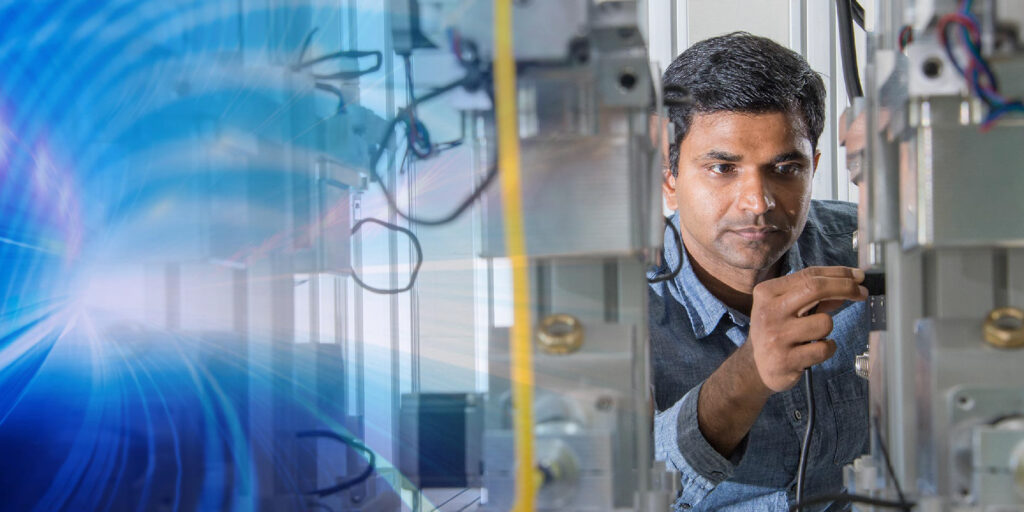The Challenge
In 2018, Free Form Fibers began laying the groundwork for the transition from a research and development-focused entity to a commercial enterprise with revenue from product sales. As part of these efforts, the company wanted to address two core concerns: beginning the planning for a full-on manufacturing facility and broadening the supply chain of certain important components critical to the LCVD technology. It needed funding to accomplish these goals.
The Solution
Alfred University, working with Free Form Fibers, applied for a 2018 FuzeHub Manufacturing Grant and received $48,816. The money funded a project in which Professor Holly Shulman and her team of engineering students at Alfred collaborated with Free Form Fibers to examine the company’s technology needs. The work resulted in Professor Shulman delivering a draft plan for a scaled-up manufacturing facility, including a review of the infrastructure needs for the LCVD technology. The student team also investigated New York State-based suppliers for important technical components required by the Free Form Fibers manufacturing plant. Several New York State suppliers were contacted for initial discussions on a key precision component.
Outcomes / The Impact
Free Form is now in the scale-up phase of its commercialization plan, moving from prototype production systems to full-scale production tools. This first phase involves bringing on-line three tools, with a second phase following closely after that to fill out the available space and resources in the facility where the company has been located for over 10 years. After that, the company will begin addressing where and how to build a manufacturing facility. Shay Harrison, CEO of Free Form, said the financial impact to the company in having the design and plans provided by Shulman’s team in hand will be significant. Free Form Fibers has also pursued relationships with several of the New York State suppliers identified in the project.
“Thanks for the FuzeHub opportunity. It gave several young engineers an opportunity to build skills and improve their market value. It gave FFF an important vision of the future fiber manufacturer plant to share with investors and potential acquisition partners. It gave valuable information of the benefits to building in New York State. An additional big potential win was it gave two New York State companies (Gemini Optics and Rochester Precision Optics) the opportunity to get in the ground floor of a new billion-dollar industry in high tech specialized laser used for the Laser CVD fiber method. There’s a good shot that this grant will pay off in a big way.” – Holly Shulman, Professor, nCeramic Engineering at Alfred University

